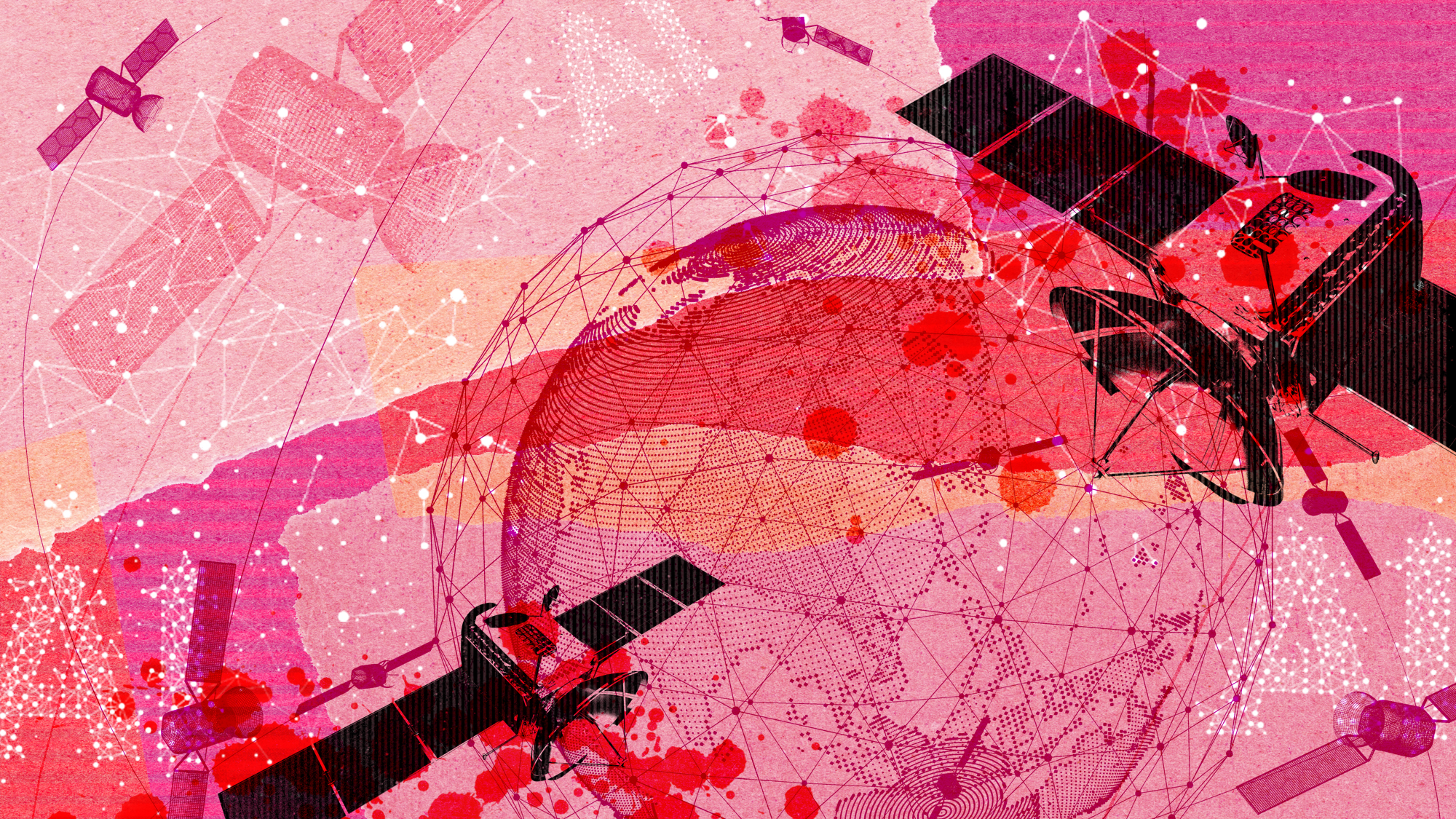Virtual reality has infiltrated Olympic training

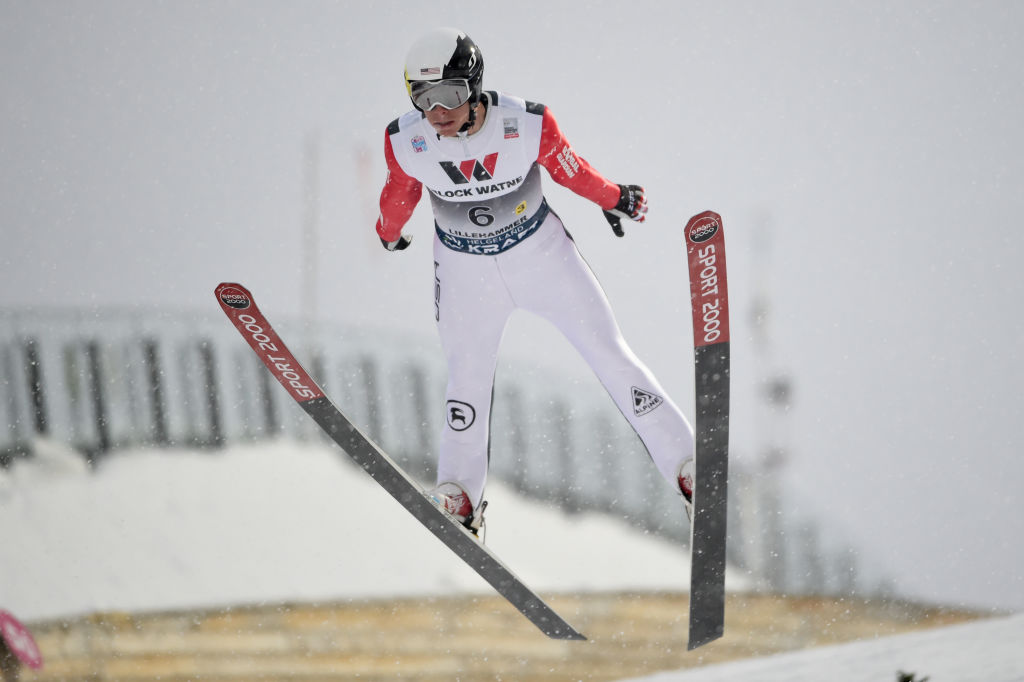
Virtual reality headsets may look impossibly dorky — but you know what doesn't? An Olympic gold medal.
The Washington Post reported Tuesday that the U.S. Ski and Snowboard Association has worked for the past two years with the virtual-reality company STRIVR Labs to prepare its athletes for the 2018 Winter Olympics in Pyeongchang, South Korea. Barring secret training operations by other countries, the Post says the U.S. is the first country to use VR in its Olympic training.
Because the Jeongseon Alpine Centre, where the skiing events will be held, is only two years old, VR headset training is especially helpful as most Olympic athletes have only traversed the course a handful of times, the Post explains. The U.S. team took advantage of 2016 pit stop in South Korea during the World Cup to gather its footage, sending one of its coaches barreling down the Jeongseon course over and over again, armed with a 360-degree video camera. STRIVR then made a composite of the coach's various runs and recalibrated the footage to approximate the intensity of an Olympic ski run.
The Week
Escape your echo chamber. Get the facts behind the news, plus analysis from multiple perspectives.

Sign up for The Week's Free Newsletters
From our morning news briefing to a weekly Good News Newsletter, get the best of The Week delivered directly to your inbox.
From our morning news briefing to a weekly Good News Newsletter, get the best of The Week delivered directly to your inbox.
The Post reports that "most of the U.S. team" has had a virtual run down the Olympic slopes. But these VR ski runs can be somewhat nauseating, which makes some athletes reluctant to train with VR. STRIVR tried to mitigate the risk of motion sickness, encouraging athletes to use the VR footage while perched on motion-simulating equipment so that their bodies align more closely with the images they were seeing. Still, "you watch it and you get pretty sick and dizzy," one athlete told the Post.
Read more at The Washington Post.
A free daily email with the biggest news stories of the day – and the best features from TheWeek.com
Kelly O'Meara Morales is a staff writer at The Week. He graduated from Sarah Lawrence College and studied Middle Eastern history and nonfiction writing amongst other esoteric subjects. When not compulsively checking Twitter, he writes and records music, subsists on tacos, and watches basketball.
-
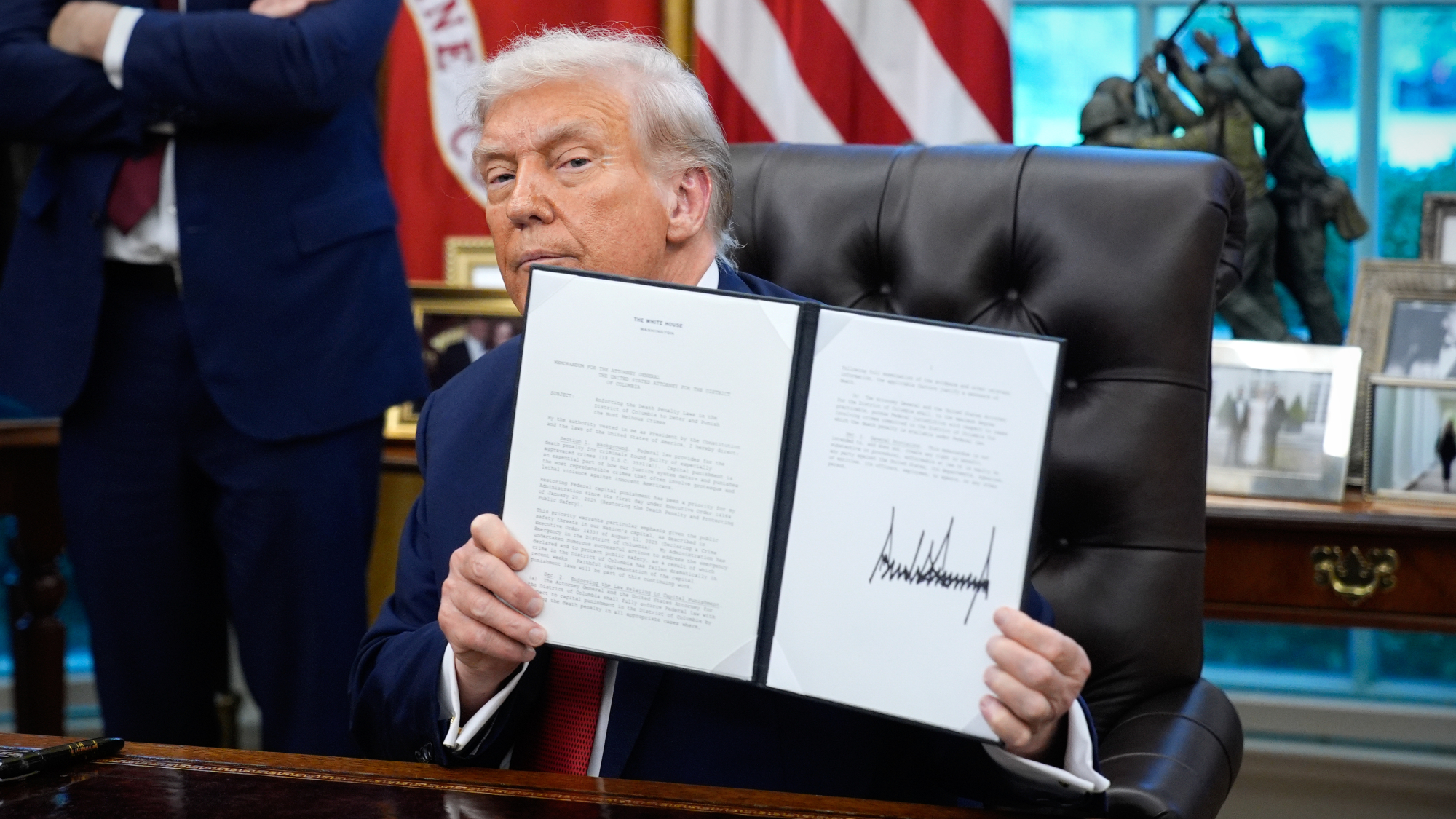 TikTok secures deal to remain in US
TikTok secures deal to remain in USSpeed Read ByteDance will form a US version of the popular video-sharing platform
-
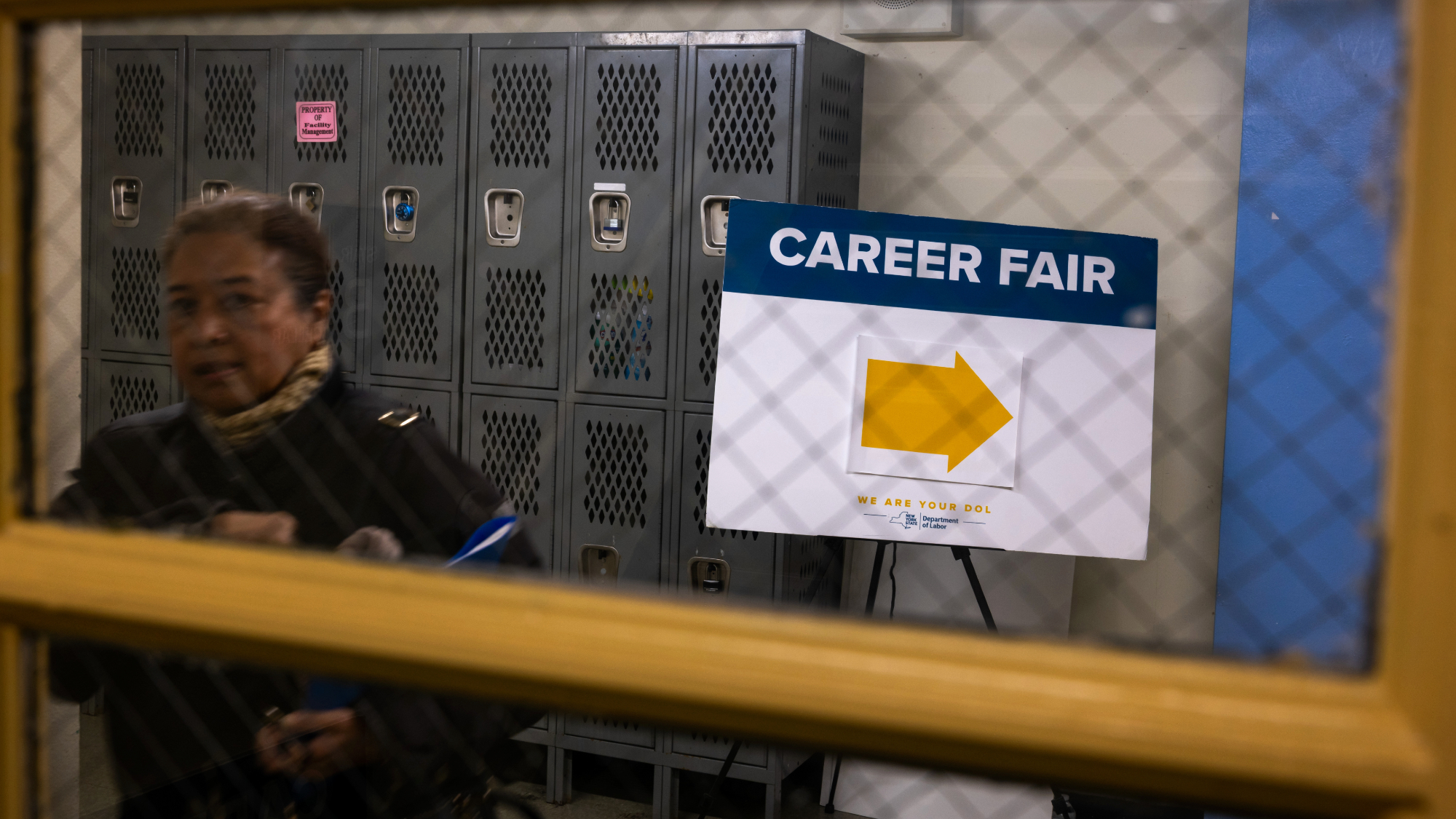 Unemployment rate ticks up amid fall job losses
Unemployment rate ticks up amid fall job lossesSpeed Read Data released by the Commerce Department indicates ‘one of the weakest American labor markets in years’
-
 US mints final penny after 232-year run
US mints final penny after 232-year runSpeed Read Production of the one-cent coin has ended
-
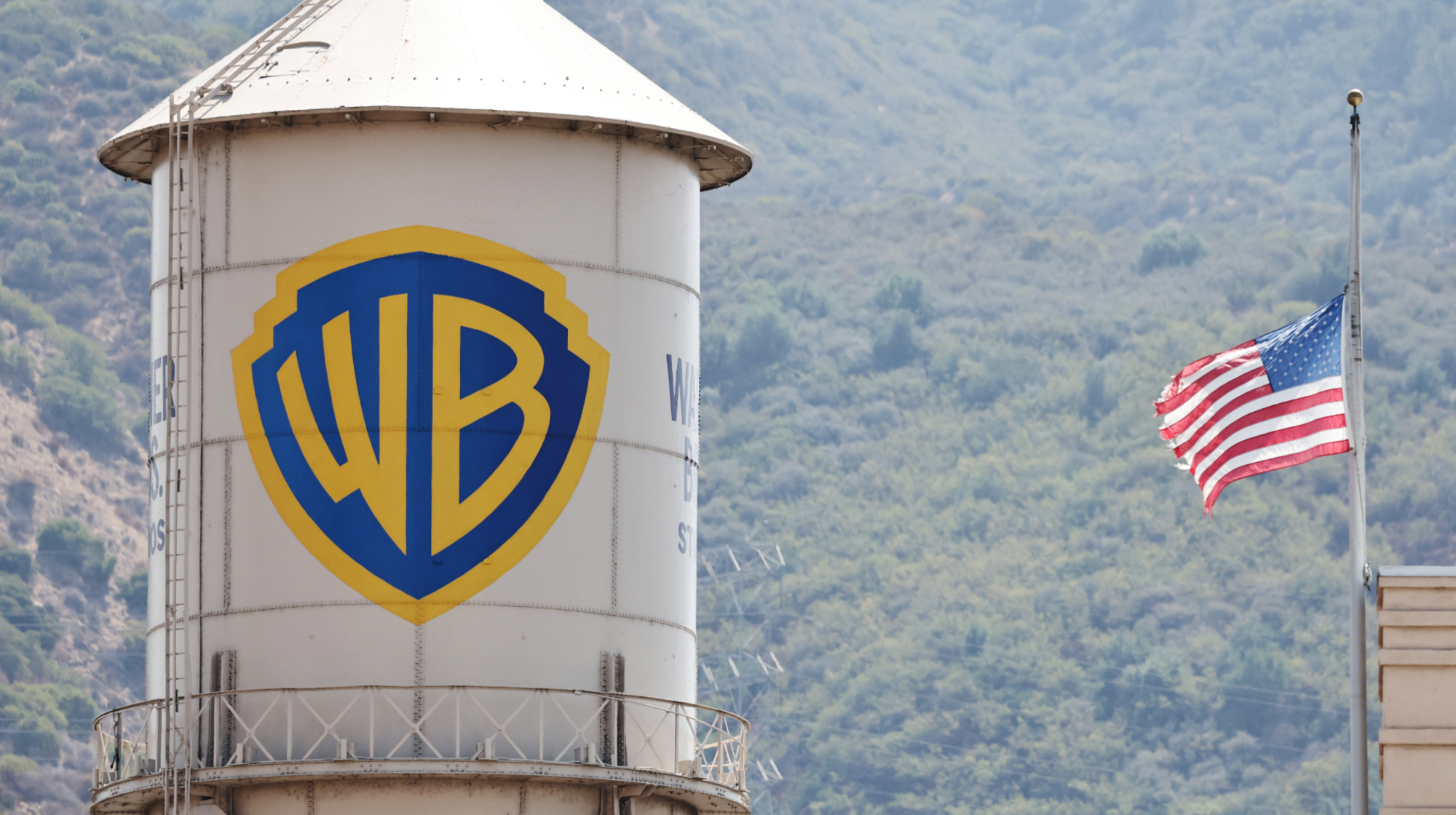 Warner Bros. explores sale amid Paramount bids
Warner Bros. explores sale amid Paramount bidsSpeed Read The media giant, home to HBO and DC Studios, has received interest from multiple buying parties
-
 Gold tops $4K per ounce, signaling financial unease
Gold tops $4K per ounce, signaling financial uneaseSpeed Read Investors are worried about President Donald Trump’s trade war
-
 Electronic Arts to go private in record $55B deal
Electronic Arts to go private in record $55B dealspeed read The video game giant is behind ‘The Sims’ and ‘Madden NFL’
-
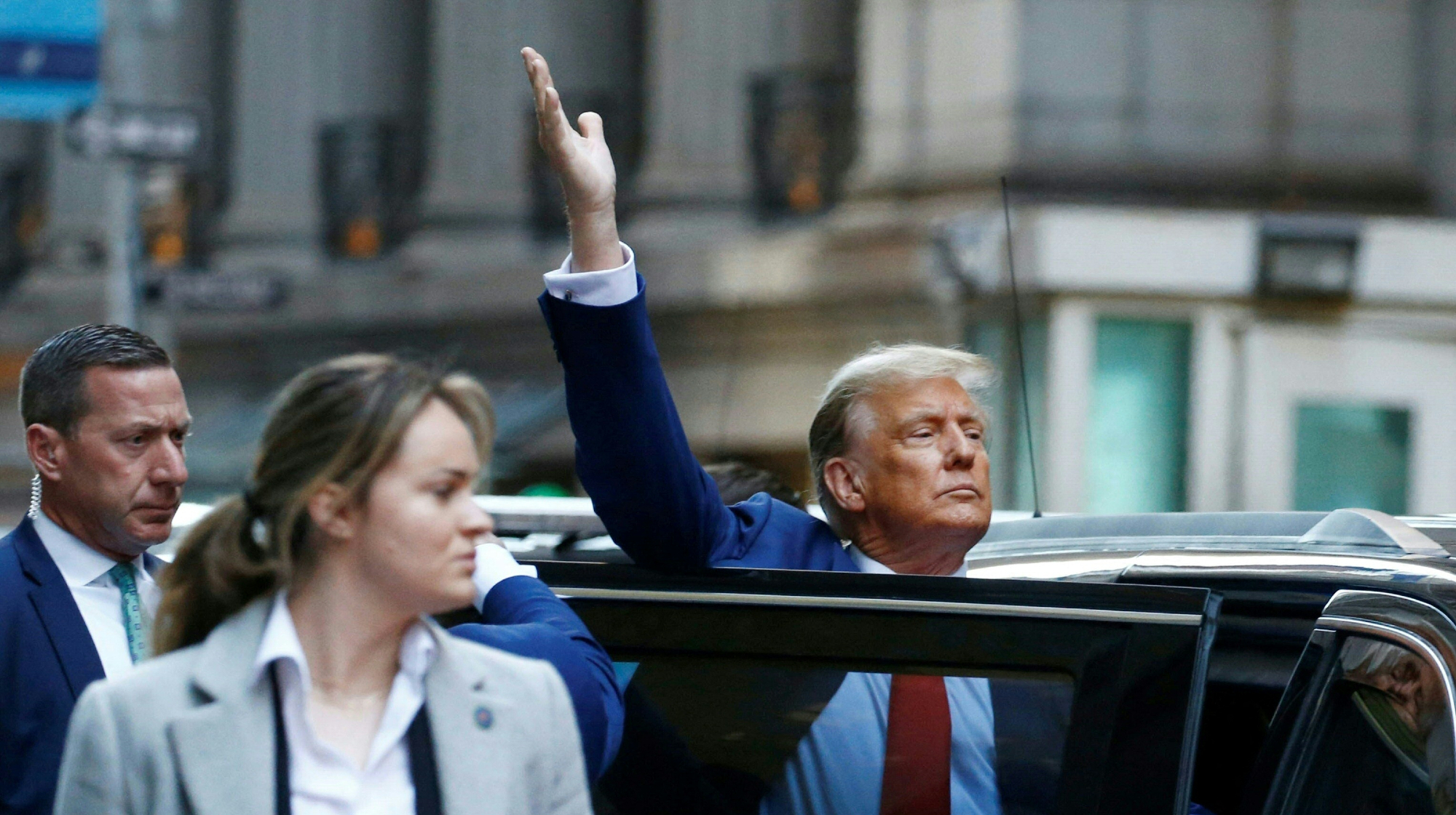 New York court tosses Trump's $500M fraud fine
New York court tosses Trump's $500M fraud fineSpeed Read A divided appeals court threw out a hefty penalty against President Trump for fraudulently inflating his wealth
-
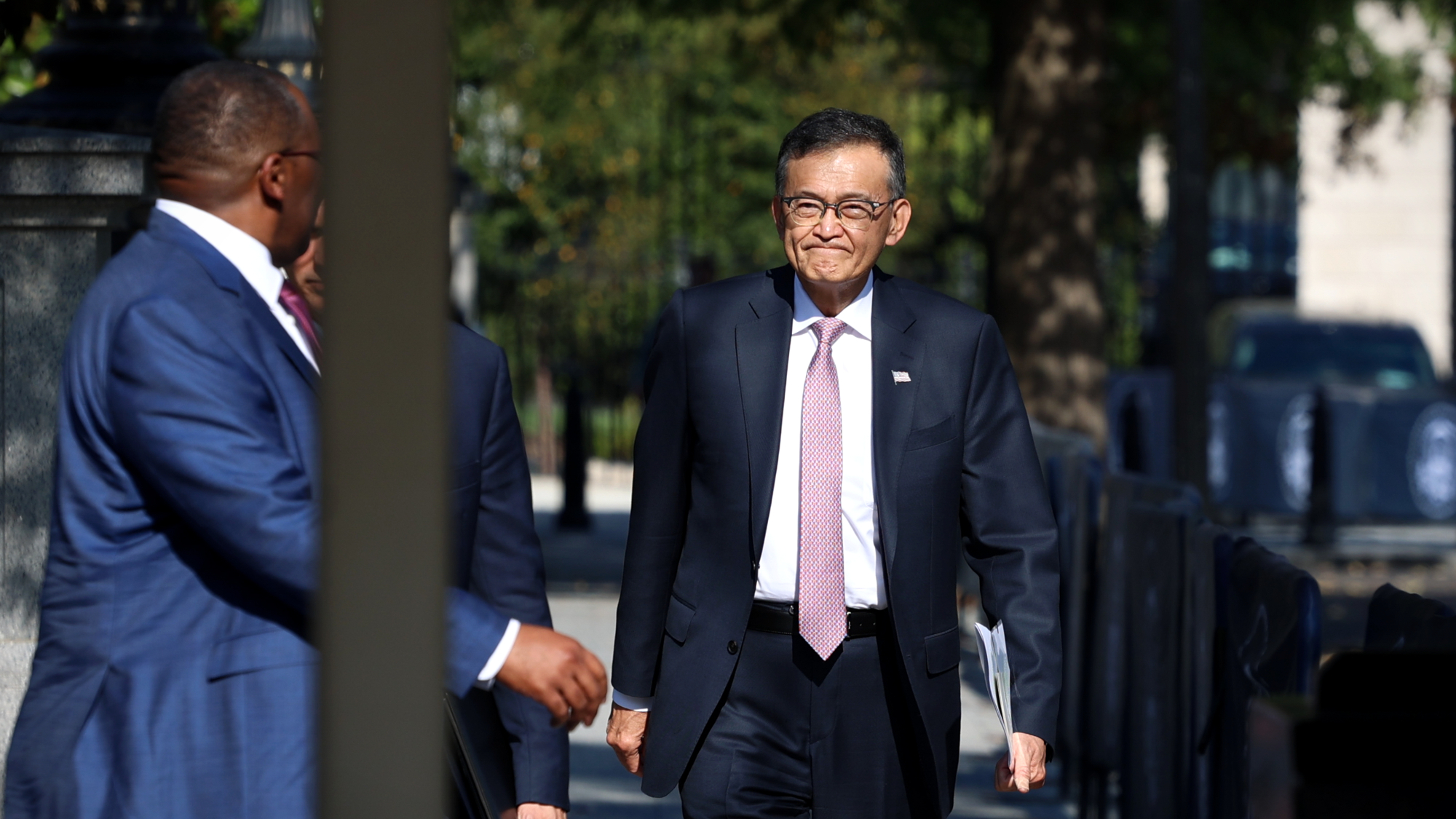 Trump said to seek government stake in Intel
Trump said to seek government stake in IntelSpeed Read The president and Intel CEO Lip-Bu Tan reportedly discussed the proposal at a recent meeting

